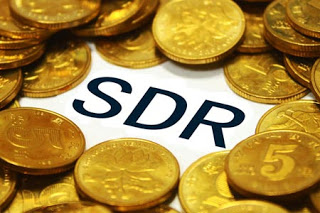(I write a monthly column for a Chinese paper. Here is a draft of this month’s column)
Sometimes the mountain peak is clearer from the valley than from the summit. It may be easier to understand the changes in China’s currency regime if we take a step away and try to look at the big picture. To find our path we need to clear away some undergrowth that is distracting us from rigorous analysis.

With China’s economy slowing and exports weak, a devaluation could be a way to restore economic vigor. Many accounts in the western financial press tried placing the depreciation of the yuan in this context, but it is mistaken.
Consider Japan’s experience. The dollar has appreciated by more than 50% against the yen over the last three years. What has happened to the volume of Japanese exports? Very little. The same can be said for Canadian and Australian exports, for example, who have experienced significant currency declines without a corresponding rise in exports.
China is gradually climbing the value-added chain in manufacturing, but yuan-incurred costs remain modest compared with other large economies. That means that China’s exports will likely be considerably less sensitive the yuan’s fluctuations than Japan. The 3%-4% depreciation of the yuan is unlikely to have a tangible impact on China’s exports.
Owing to China’s previous export-oriented development strategy, the frequent reliance on state action, and a heavily managed currency, many observers conclude mercantilism is the driver. This is exactly backwards. China’s currency machinations are designed to increase the internationalization of the yuan. Specifically, China’s actions are understandable only within the context of its push to join the IMF’s Special Drawing Rights (SDR).
There are two formal requirements for joining the SDR: being a larger exporter and having a currency that is freely accessible. The former has not been an issue for years. China is the world’s largest exporter. It is the accessibility of the yuan that has been the stumbling block. However, over the past few years, China has improved the accessibility of the yuan.









Leave A Comment